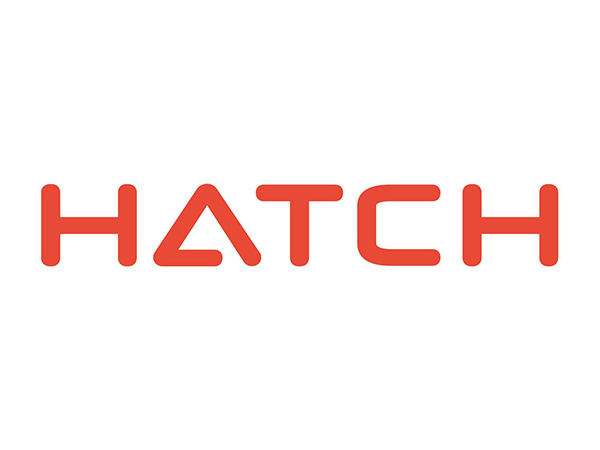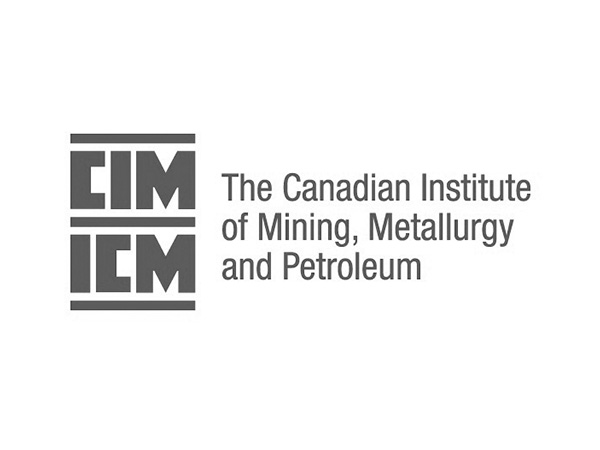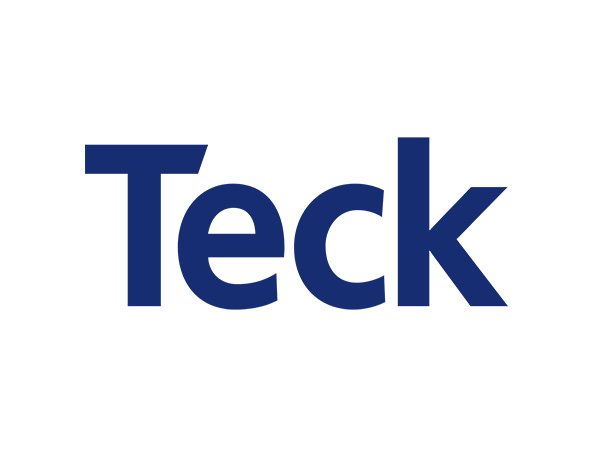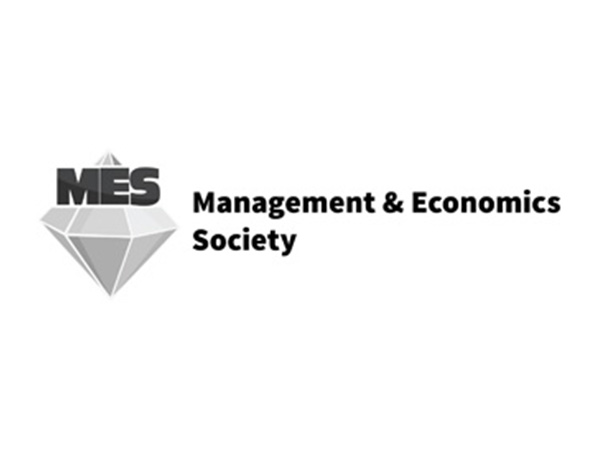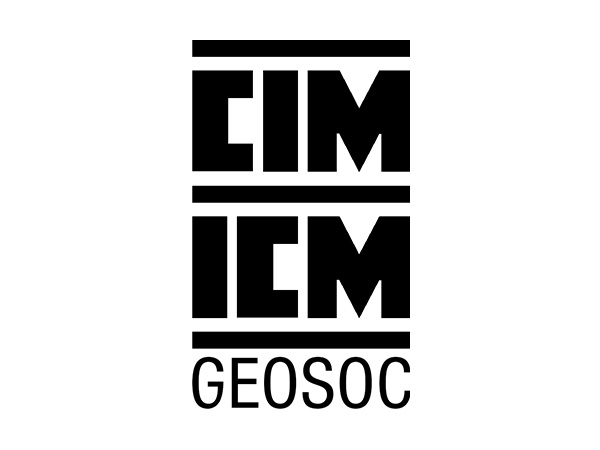Mining and metallurgy legacy project
Project description
The Mining and metallurgy legacy project is a multi-initiative effort to document one of Canada’s most important industrial sectors.
The Mining and metallurgy legacy project is a multi-initiative effort to document one of Canada’s most important industrial sectors. It aims to preserve Canadian science and technology contributions and to explore how this sector impacted the development of Canadian society. It creates a body of research fundamental to the development and management of the national metallurgy and mining collection and complementary educational activities. Partnering with the Historical Metallurgy section of the Metallurgy & Materials Society (MetSoc), Ingenium undertook three major research projects and one industry documentation project. The research projects include: The Development of Metallurgy in Canada since 1900 (Erich Weidenhammer, 2018); Developments in Canadian Hydrometallurgy since 1950 (Erich Weidenhammer, 2020), and The Economic Benefits of Research and Development in the Canadian Mining and Metallurgy Sector (Peter Warrian, 2020). The “From Rock to Reality” oral history project documents 81 different perspectives and experience of those working in the sector. All of this research is publicly accessible and was designed with the public in mind.
Project outcomes
The Economic Benefits of Research and Development in the Canadian Mining and Metallurgy Sector
by Dr. Peter Warrian
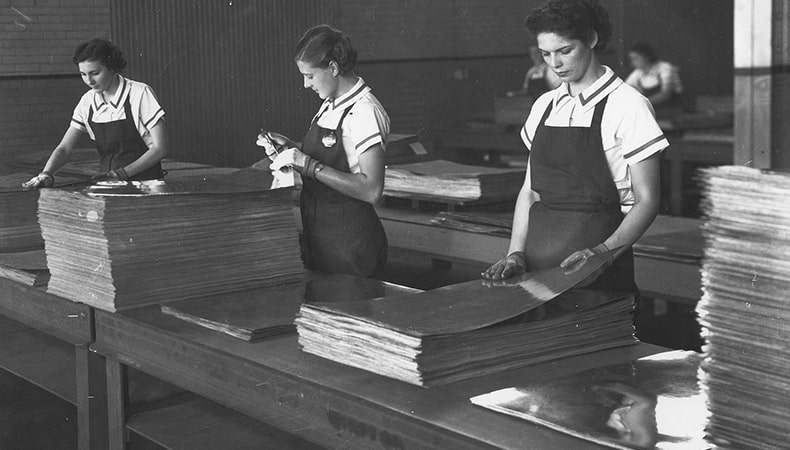
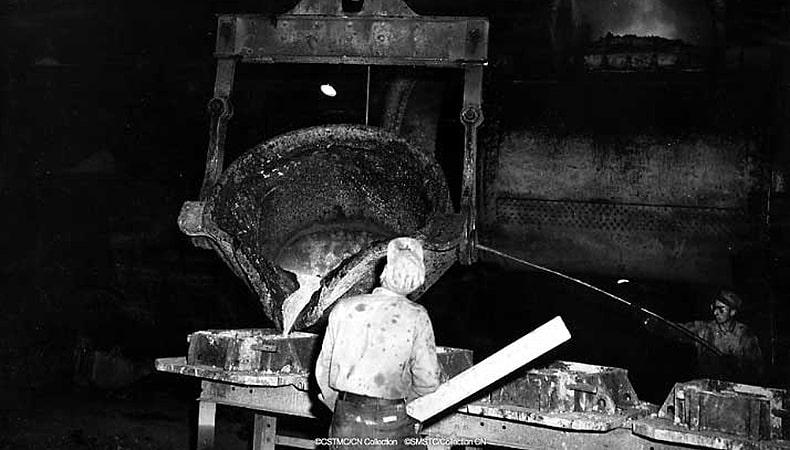
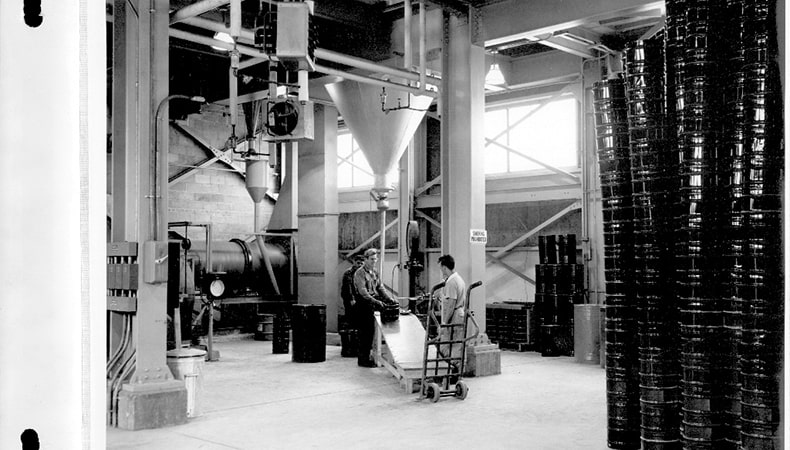
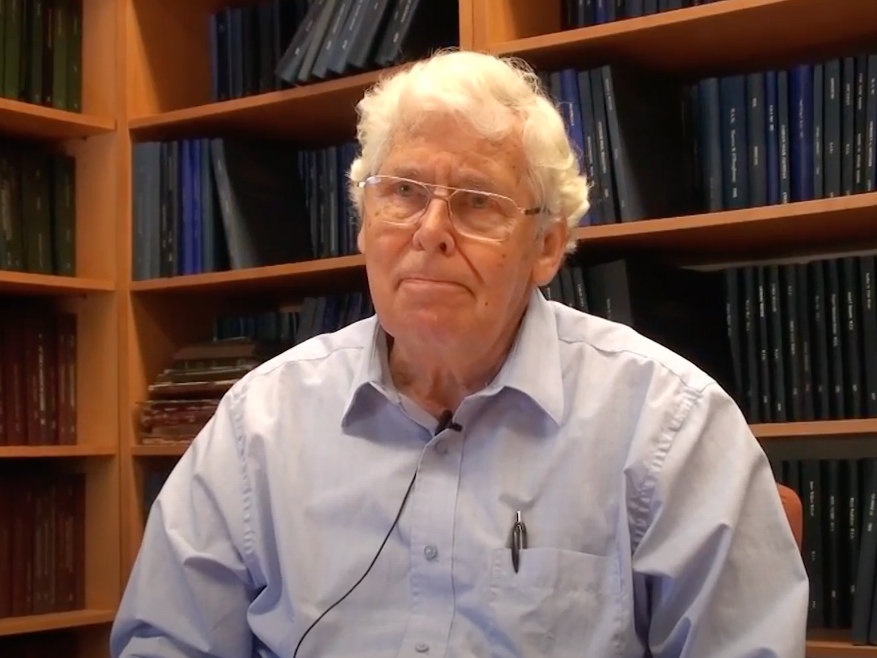
Collection based collaboration
00:00
Though we can learn a lot about an artifact by using our five senses to engage with it and by conducting archival, material culture, or oral
00:08
history research there are always gaps in our knowledge.
00:12
Aspects of the artifact reside in the imagination or in cultural or collective memory.
00:18
Some stories are grounded in the ways through which they have been passed along and some stories are grounded
00:24
in the in-between spaces that form between a person and an artifact.
00:29
This door embodies over 100 years of multi-generational mining history in the Abitibi Gold Belt.
00:37
Made in the early years of mining operations (c. 1910-1915), the door is a site of inscription:
00:44
we can see marks of the makers, for example the metal was likely made by local blacksmiths,
00:49
and the marks of use, for example a dent that shows where the door may have been kicked, possibly in an emergency.
00:56
The door came to Ingenium in 2018.
01:00
It was past midnight and -39 degrees, when I landed in Timmins on Feb. 5, 2018, but I was excited to be there.
01:10
Gold Corp gave me permission to visit the Dome Mine on the very last day, before it closed after 108 years of continues operations.
01:21
I was there to select mining artifacts for the national collection.
01:26
A few miners, who wanted the last walk through the drifts, joined me.
01:30
We walked slowly underground, they told me stories, and I tagged artifacts.
01:35
And then someone remembered the door.
01:39
The door was upstairs, in a warehouse, and when I saw it, I thought
01:43
to myself: “This is an artifact every curator dreams of.”
01:48
It is, metaphorically, the history of the 20th century as seen by the miners in Timmins, Ontario.
01:59
Once in our care, Ingenium curators and conservators were determined to learn more about the door and
02:04
about the inscriptions upon it.
02:06
We brought the door to the Canadian Conservation Institute to scan it.
02:11
The infrared and ultra violet fluorescence revealed more inscriptions than are visible to the eye: the oldest dates to 1910.
02:19
However, though we were able to use technology to discover more about the mining door, our curiosity about the people
02:26
who wrote on the door persisted.
02:28
We imagined who they were and wondered about their lives at the mine.
02:33
When Anna shared her story of the Dome Mine door and its many inscriptions with me, I thought this would be a
02:38
perfect opportunity to explore how objects tell stories with my graduate seminar on Narrativity and Performance in Public History.
02:45
Each student was randomly assigned an inscription and tasked with researching and coming up with a backstory
02:51
for the person who wrote it.
02:53
Creating a script, they then performed it.
02:56
The aim was not only to animate the inscription but to create an imagined scenario of its making.
03:02
Doing history in this way allows us to explore how one might capture something authentic about the past in the absence of
03:08
direct evidence, such as the interviews with the miners who wrote those words on the door.
03:13
Performance-based strategies such as this encourages historians to think through the relationship between accuracy
03:19
and authenticity, between lived experiences and the stories we tell about them, between history and memory.
03:27
While these stories are fictional, they are grounded in research and on the object itself.
03:32
Connected to something that really happened, the students created what we might call “storied realities” about
03:39
the door and what it can tell us about life and work at the mine.
03:43
The evocation of contexts and world produced during the Carleton University Public History MA students’ monologues
03:49
gives us interesting insight that material culture analysis would not have been able to convey on its own,
03:56
even though to this day we are unsure as to why or how something rose to the level of being inscribed on the door.
04:02
In this first story, Emma Gillies explores the mindset of a miner who felt compelled to inscribe major world events onto the mining door:
04:11
Bill asked me why I’d taken to writing down big events on the mine door.
04:16
“Who’s gonna see that stuff down here, anyway?” He said.
04:19
I couldn’t tell you, but this morning I noticed for the first time in a long time that back in ’63 I’d scribbled down when JFK was killed.
04:27
I can’t remember what made me think to do that, like Bill said, who’s gonna see it?
04:32
But then I thought, well, with everything that happened yesterday, maybe I should keep going.
04:37
I still can’t believe they’d shoot Martin Luther King Jr.
04:40
I don’t get it, him being peaceful and everything.
04:43
And I understand what he was about I think.
04:45
I mean, he was just trying to organize those garbage workers so they could get better pay
04:50
my wife tells me to call them sanitation employees, more proper, she says, I told her in that case she better call me a goldsmith
04:58
anyway, if there’s one thing I get its wanting honest pay in return for honest work.
05:02
Anyway, it’s funny, I wrote the King stuff down on my way through the doors, but then on my way out for the day I had this thought that
05:08
maybe I should slap Pearson’s retirement on there too.
05:11
I mean, he said he was stepping down back in December, but yesterday was the start of the Liberal Convention and
05:16
it was all made official.
05:18
Lester B. Pearson a pretty good guy I think.
05:22
And I got this feeling that him stepping down, it’s gonna be something we remember.
05:26
Well, wherever things are headed, as long as this mine’s got gold, we’ll be okay here.
05:32
But not all of the moments inscribed on the door rose to the level of world significance as Kate Jordan’s story demonstrates:
05:39
Oh, Oscar! Oh God yeah, Oscar, oh yeah, yeah yeah, yeah. No, of course, yeah, Oscar, yeah, yeah. No, he didn’t really go by Fred, no.
05:47
Ya heard that one? Oh, that’s a… that’s a good one, that’s a good one! Oh God, yeah!
05:52
Okay, well Fred… Fred he was from Toronto, you know?
05:54
Well, no… He wasn’t from Toronto, he was from Denmark…
05:57
But you know, he moved to Toronto, ’cause he was looking for adventure, you know… So, uh…
06:01
So he shows up in Toronto, and he doesn’t find adventure, instead he ends up living with his aunt.
06:04
So, you know, uhh… It’s a little too close for uh… For Oscar’s taste, so he decides to come up here, eh, and um…
06:10
You know, it’s hard when you first start out, eh? It’s… It’s tough ’cause, you know, you’ve got a lot of time, right? All this time to think and…
06:16
You know, he’s missing the family. He’s missing the meals.
06:19
And he’s really missing the sausages! You know, we’ve got sausages here, right? Like, Daley’s has got sausages. They got Polish, and uh…
06:26
Well, I only buy Polish, so uh…
06:28
Anyway, but he walks in, first day, and he asks for these sausages! They’ve got some kinda crazy Danish name.
06:33
Lady behind the counter has no clue what he’s talking about, right? Just like, no idea!
06:38
She just stares at him, goes home and tells her husband of course!
06:40
End of the day, everyone in Timmins knows that Fred is coming to this Daley’s expecting it to be some kind of fancy, fine food, Toronto store.
06:49
So all the boys start chirping him about this, right?
06:51
Like, one guy, I forget who? He decides to call him “Oscar Meyer”, you know like Oscar Meyer wieners.
06:56
Like you know… “If I were an Oscar Meyer wiener…” Anyway…
06:59
Yeah, so lucky for him that’s the one that sticks.
07:01
Yeah, Fred never did figure out how to get those sausages up there. So, he learns how to start making them, right?
07:06
He buys some guy’s sausage grinder. He bringing in these amazing sausages. Until one day, when his sausage grinder breaks!
07:13
You know, he shows up and he hasn’t go these sausages and he’s choking back the food, right?
07:17
But it’s okay ’cause they haven’t served him baloney steaks yet!
07:20
But… Sure enough, Friday comes around. The one thing Fred can’t abide is these baloney steaks!
07:26
So he gets up, that’s it, he goes – I says “I’m leaving, I’m getting right out of here! I’m on strike! Union be damned!”
07:32
So he just walks right out of there.
07:34
Sometimes the inscriptions bring the macro and micro scales of global politics and daily life at the mine together
07:40
as conveyed by Nick Leckie’s monologue.
07:43
OK, from the top…
07:45
I’d put in, what I’d guess… 4-6 hours of overtime in the main, with my buddy Mario.
07:51
As usual, we didn’t talk much to each other during the shift.
07:54
So, at the break, most of us went up to the surface; breathe the fresh air, talk a bit, light up
07:59
Of course, it took longer to go up, that’s for sure, but my father always told me that he regretted not doing it more often.
08:06
It was a lot harder to leave the Dome in his day, but his lungs still trouble him
08:10
The shift boss let us have a little radio in the smokers’ corner, for the news, because Le Journal and Le Droit were always late in ’68.
08:18
You think that blowing up bombs in mailboxes will save a nation?
08:21
That killing a Black preacher will bring eternal peace?
08:25
Seems to me that to have civil rights, you have to be civil, right?
08:29
It’s a shame we have to use violence to get across what we mean.
08:33
As Kennedy said about King, “… replace that violence (…) with an effort to understand with compassion and love.”
08:38
That’s why it was so hard to believe that someone shot RFK.
08:41
And then, even after he was shot, his first words were asking about others around him.
08:47
What a guy!
08:49
That’s why I decided to write his name on the doors, next to MLK’s.
08:52
To remember their words, and their lessons.
08:55
Yeah, I would say ’68 was a crazy year, because even here at “Porcupine” you could feel the loss.
09:03
In our final monologue, Max Cronkite’s tells the story of how change can be technological as well as political.
09:09
God damnit.
09:11
Did you know that Earl and Pearson got laid off today?
09:14
Just found out this morning.
09:16
That must be over 30 in the past month or so.
09:19
The gold standard has been dropping and all the Timmins mines aren’t doing so well.
09:23
So, you know what head office decides to go and do?
09:26
Computerize!
09:27
They bring in these new machines that track how many hours we work, no more punch cards anymore
09:33
I’m going to miss that *chunk* sound they make.
09:36
Now what do I have to look forward to!? Ridiculous.
09:39
And then I get to thinking, what’s next?
09:41
Are we going to replace the fuse box with the locks on it with a computer?
09:45
What happens when it miss-calculates one of us and lets an explosion go off when we’re down there?
09:50
Who knows, maybe all miners will be machines in the next 10 years.
09:53
God I am going to miss that *chunk*, it’s what I look forward to, you know?
09:57
Every morning, every evening.
10:00
The mine is perfectly fine the way it is.
10:03
I know I’m probably overreacting but if I can’t see my card, use my card, hear that *chunk* then I don’t know what I’m in control of.
10:10
God help me, everything will be a computer.
10:13
I guess it’s a changing world, but only God knows if we’ll be the better for it.
10:18
These four performances breathe life into the inscriptions and evoke grounded yet imagined contexts for the emotion
10:25
that underpins the writing.
10:27
The decades’ worth of inscriptions appear to us today as a palimpsestic, or layers of text upon text, or as a modern-day
10:33
medieval chronical, where all events from the first snow to a political assassination are weighted equally.
10:40
This way of recording events challenges conventional notions of writing and understanding history, which favours major events
10:48
or everyday life but rarely move between the scales.
Partners
This project was made possible by our partners:
Project lead

Rebecca Dolgoy, PhD
Curator, Natural Resources and Industrial Technologies
Areas of expertise:
Energy stories; Energy transitions; Industrial heritage; Anthropocene; Mining; Memory studies

